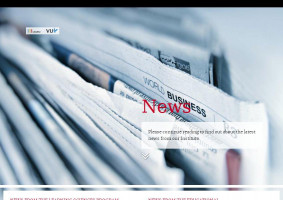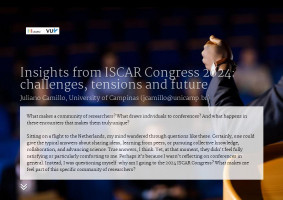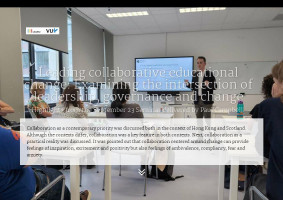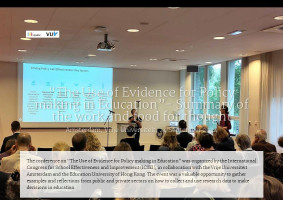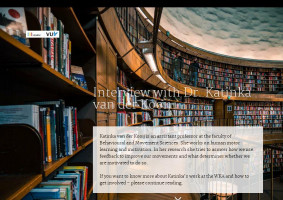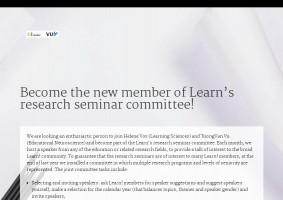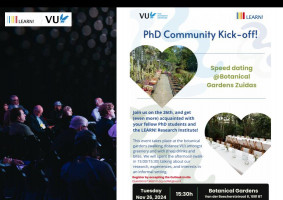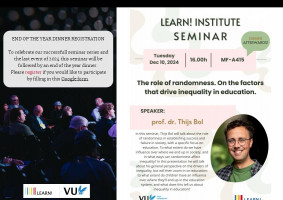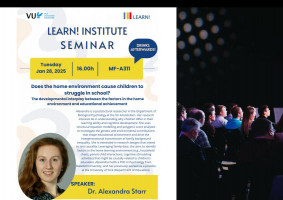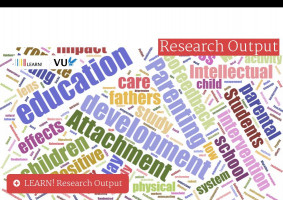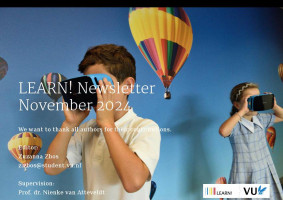Collaboration as a contemporary priority was discussed both in the context of Hong Kong and Scotland. Although the contexts differ, collaboration was a key feature in both contexts. Next, collaboration as a practical reality was discussed. It was pointed out that collaboration centered around change can provide feelings of inspiration, excitement and positivity but also feelings of ambivalence, compliancy, fear and anxiety.
In the study presented, two research questions were addressed. The first research question was ‘How is collaboration understood across the domains of research policy and practice?’. Here, collaboration can be defined as “a process of joint work around a shared focus (Henneman et al., 1995; Ainscow et al., 2006) where individuals coming together to collaborate share connected domains of expertise (John-Steiner, Webber and Minnis, 1998), a commitment to sharing this and using this expertise to think, plan decide and act, based on a shared understanding of the respective social norms, expectations and behaviors needed in order to work together successfully (Cilliers, 2000).” This definition addresses the role of people, structure and culture in collaboration
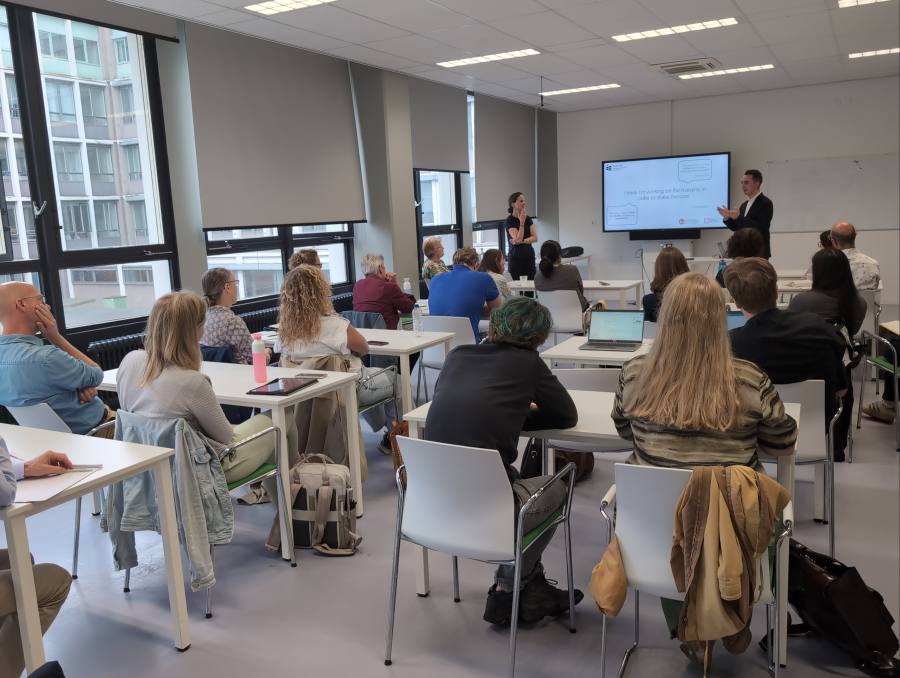
The second research question was ‘What is the role of leadership in all its forms, in processes of collaborative educational change?’ With regard to the second research question, a point about leadership and governance was made. It was pointed out that it is a challenge to reach a definitional agreement, but that there are also possibilities for identifying common conceptual characteristics. In order to examine the research questions, policy analysis, focus groups, interviews, and participant observation in primary and secondary schools were conducted.
It was argued that collaboration should have a clear focus and purpose. In addition, collaboration should be supported by those involved or enabling it to happen. Furthermore, meso- and macro-level structures should be flexible to enable diverse forms of collaboration.
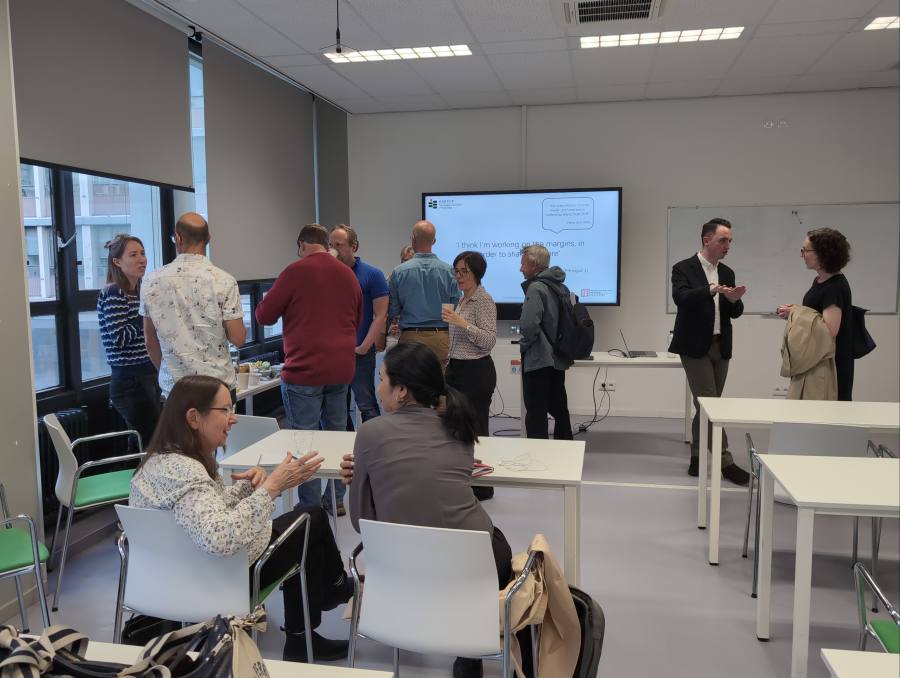
Finally, a framework for collaboration was presented consisting of 3 dimensions. The first dimension encompasses the forms of collaboration (i.e. what forms of collaboration are established, emerge or are introduced?, what purposes do these reflect? What are the implications for those involved in leading, participating, sustaining and evaluating outcomes?). The second dimension comprises the drivers of collaboration (i.e. what is driving the form collaboration takes, anticipated outcomes from it and consequential engagement and leadership of it?). The third dimension covers the influences on collaboration (i.e. how are the varied influences on collaboration and related activity or work understood, planned for and responded to? How do broader influences beyond individuals scope, influence leadership, participation, sustainability and evaluation?). This framework supports the complex consideration of the interrelated domains necessary for collaboration to lead to improvement and change.


